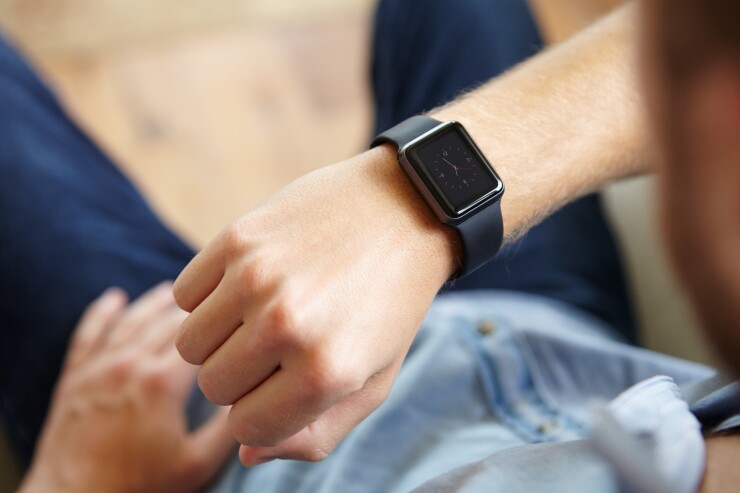Almost half of U.S. consumers are prepared to share biometric data with health insurers to receive discounts on premiums, according to a new wearables survey by Troubadour Research & Consulting.
The report, “The Consumer Wearable Category Grows: Q1 2016 Update”, tracks consumer attitudes and perceptions of wearable technologies. It is Troubadour’s first study since its benchmark report in September.
After surveying 1,194 U.S. consumers, Troubadour found 43% of Americans are willing to supply carriers with personal data, however more than half (56%) are concerned about how insurers will utilize the information.
“When thinking about the possibilities that lie ahead, it might only be a matter of time before health insurers use wearables similarly to how P&C companies use the dongle,” said Dale Gilliam, chief strategy officer, Trubador, and the study’s author. “Where it gets tricky is what happens if an insurance company has your data and decides to raise your premium.”
Millennials, however, are less concerned with how insurers will utilize personal data compared to older generations. Only 40% expressed issues with data privacy compared to 49% of older users. About one-third of both groups also cited significant concern over wearables being hacked. “I’m surprised it’s not higher,” said Gilliam, adding the low percentage may be attributable to how new the wearables market is.

Just 24% of those sampled actually own a wearable device, such as a FitBit or Apple Watch. Most consumers also only have one and tend to stop using it after a year, according to the survey. To be sure, devices can often be upgraded, malfunctioning or broken.
Approximately half of American consumers who do not own wearable devices cite price as the top reason why. Other reasons include: a lack of knowledge of the market, concerns over inappropriate data use and a fear of being hacked. A majority of non-users (40%) are still on the fence about buying wearables for themselves, the study finds.
Even so, the wearables market still has a bright future, Gilliam says. But adhering to changing consumer demands will be important, especially in the physical design of devices. Another factor will be presenting new benefits, aside from fitness, to consumers that can’t be had by other technologies already owned.
“I think we can divide the potential of wearables into different categories,” he said. “Using sensors, wearables have the ability to automatically call 911 when someone is in danger. They can also provide real-time alerts to doctors or contact a friend or family member if an elderly person falls. There are companies working on this already.”





